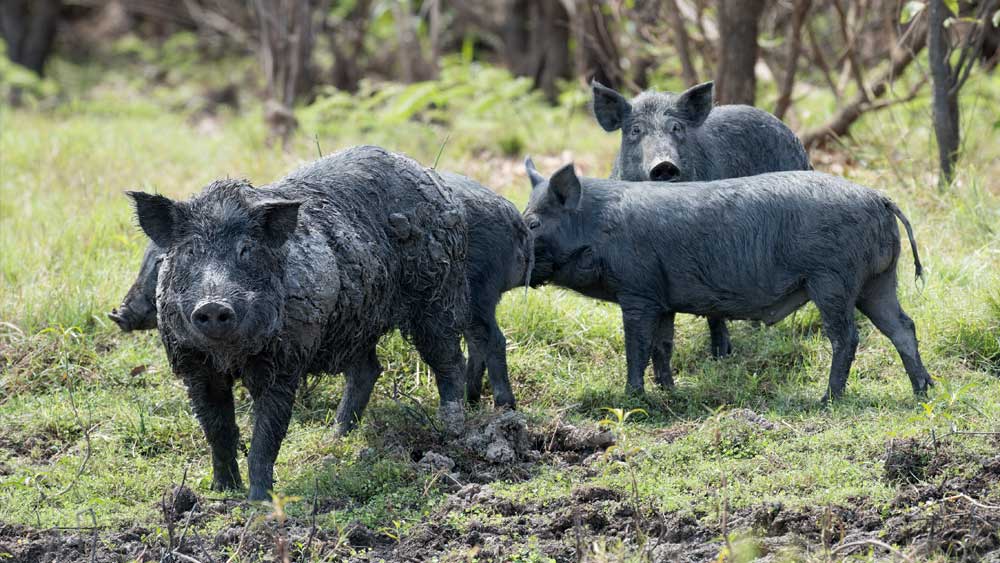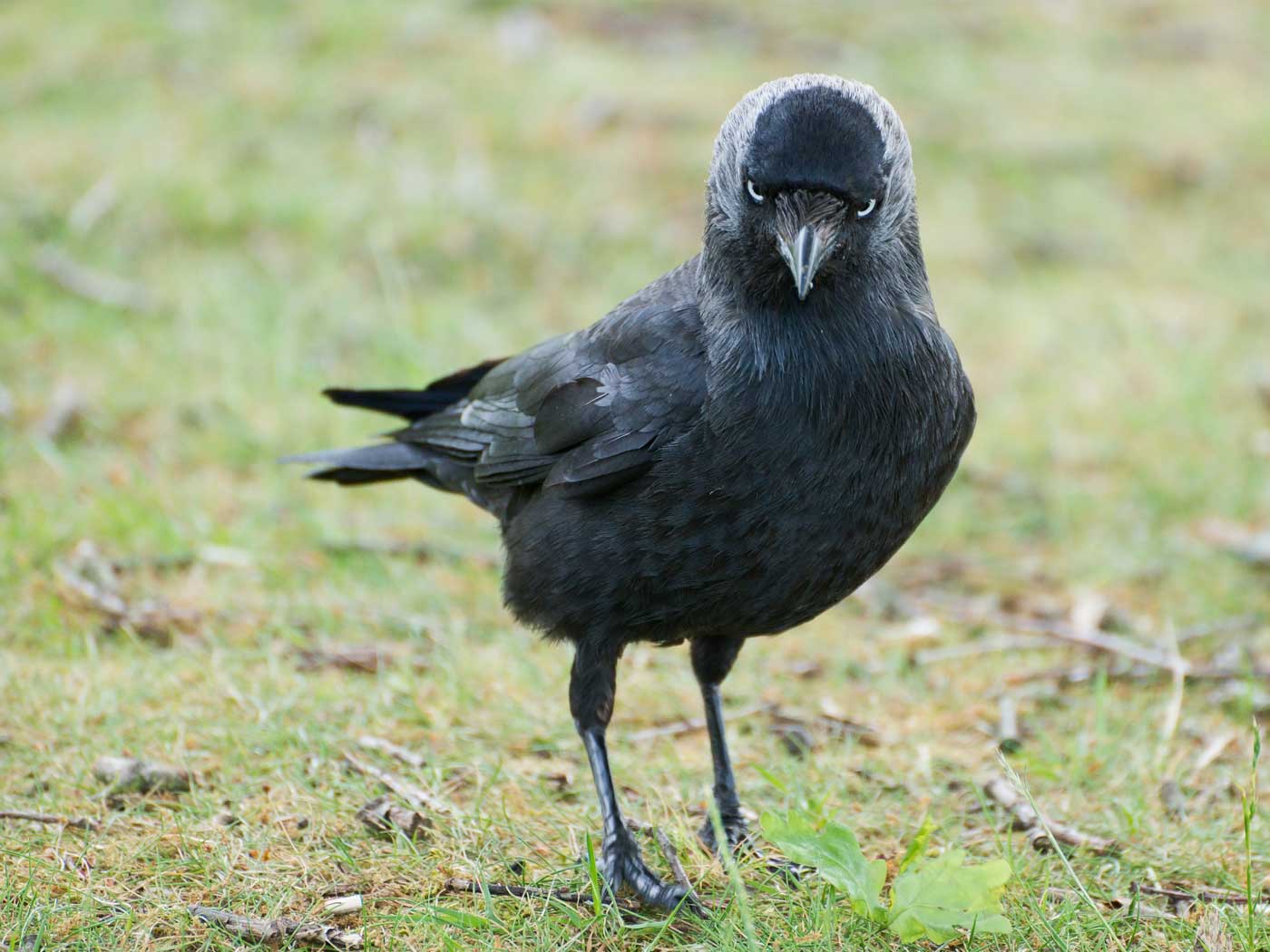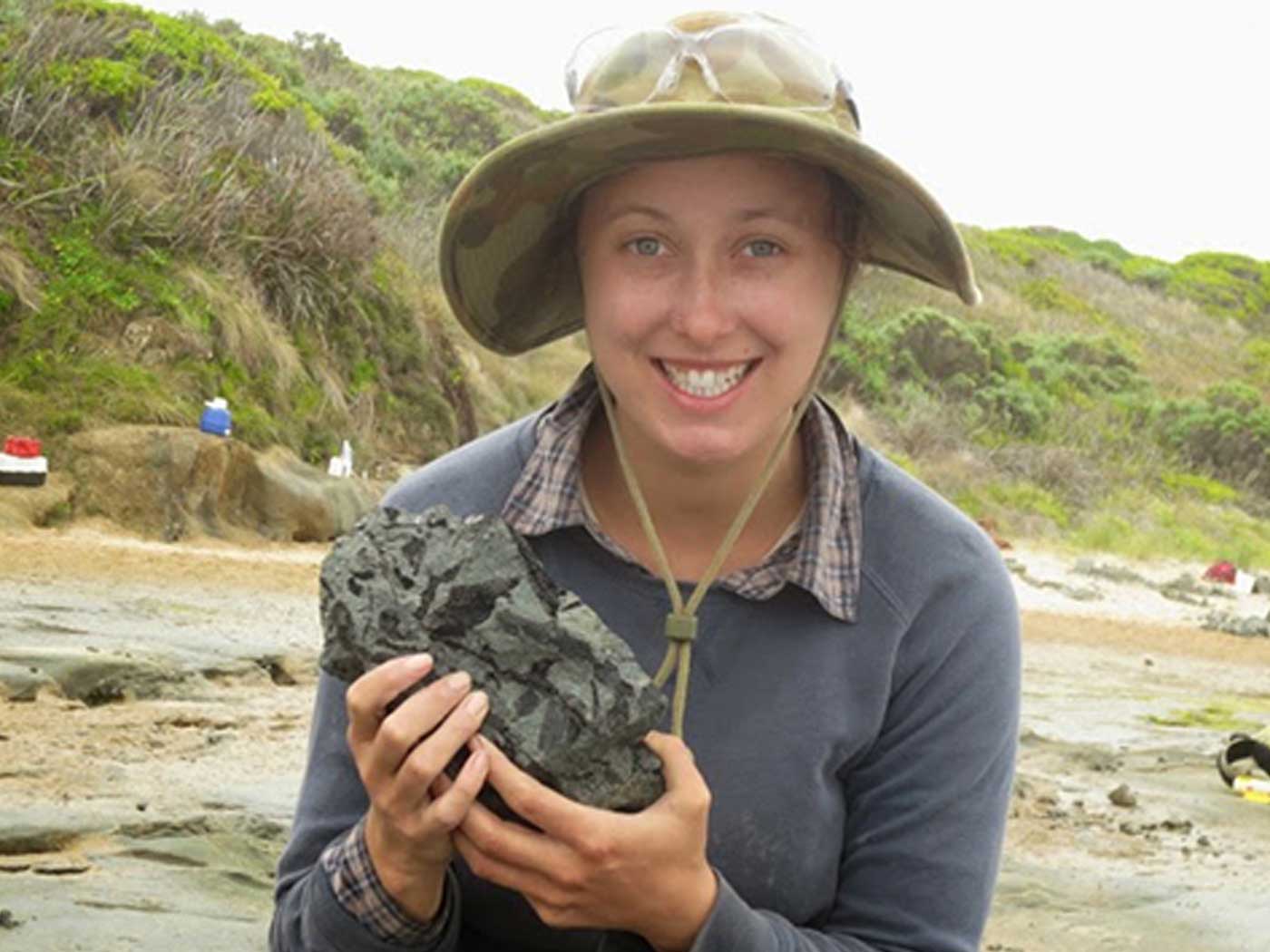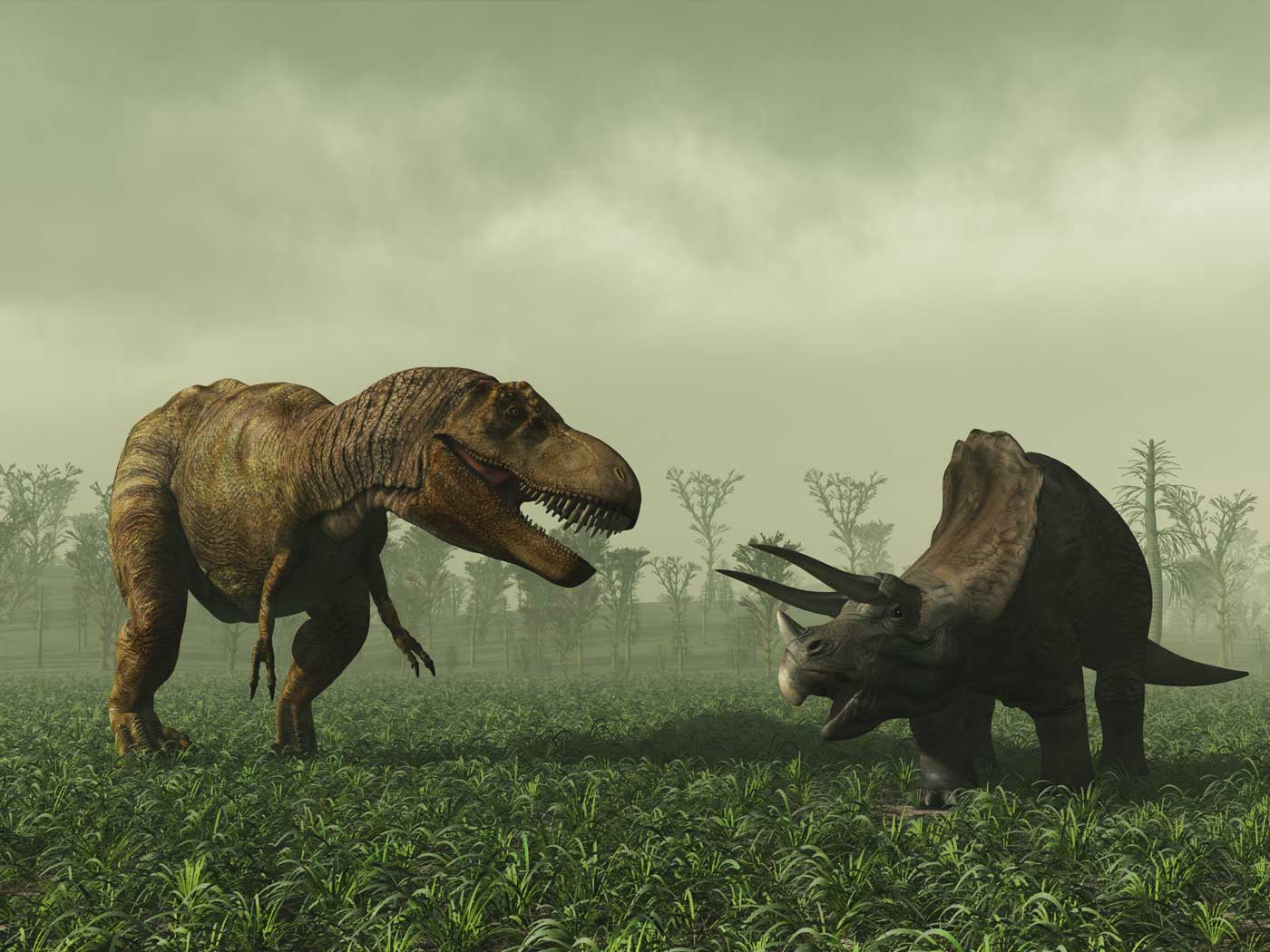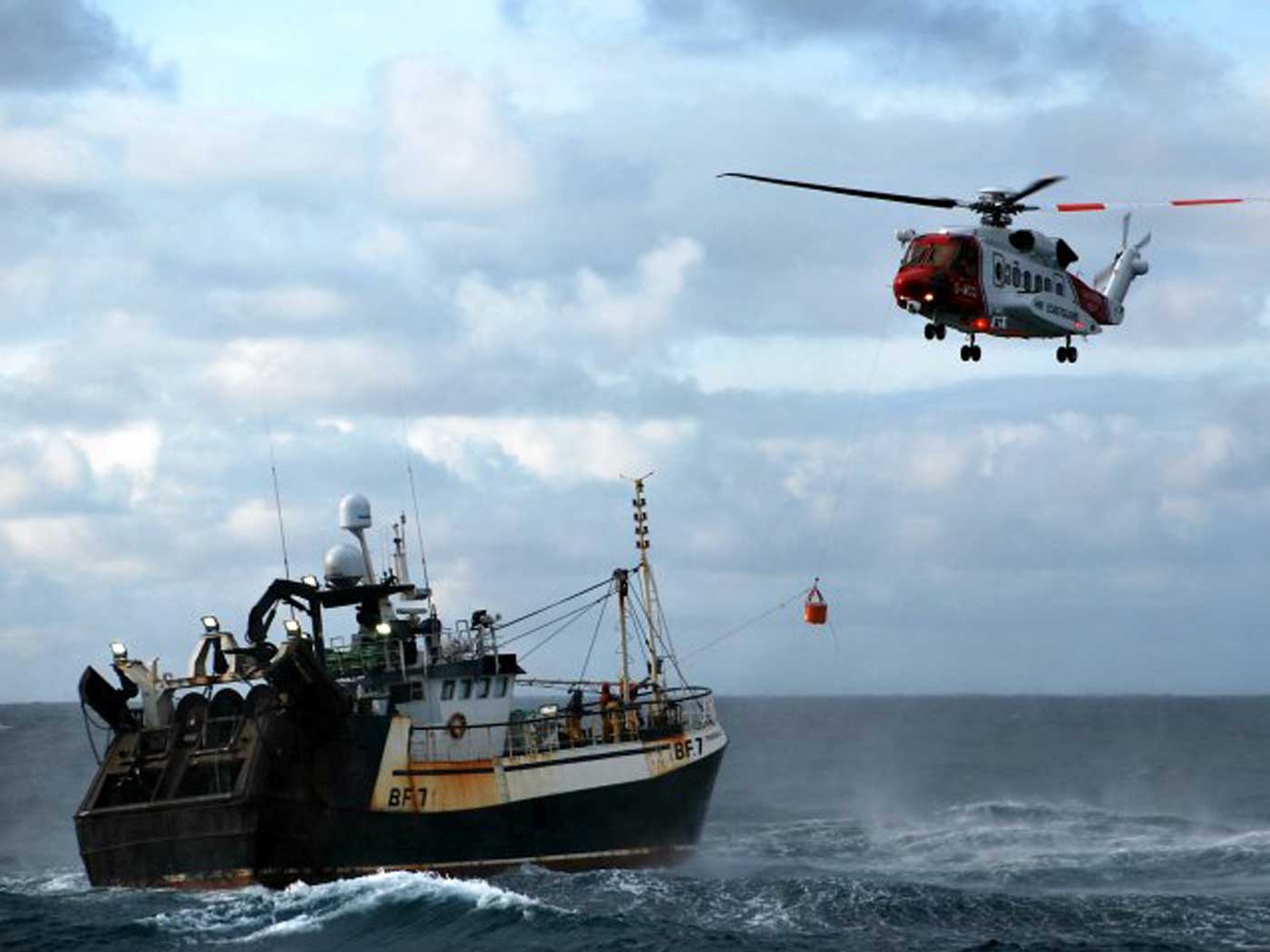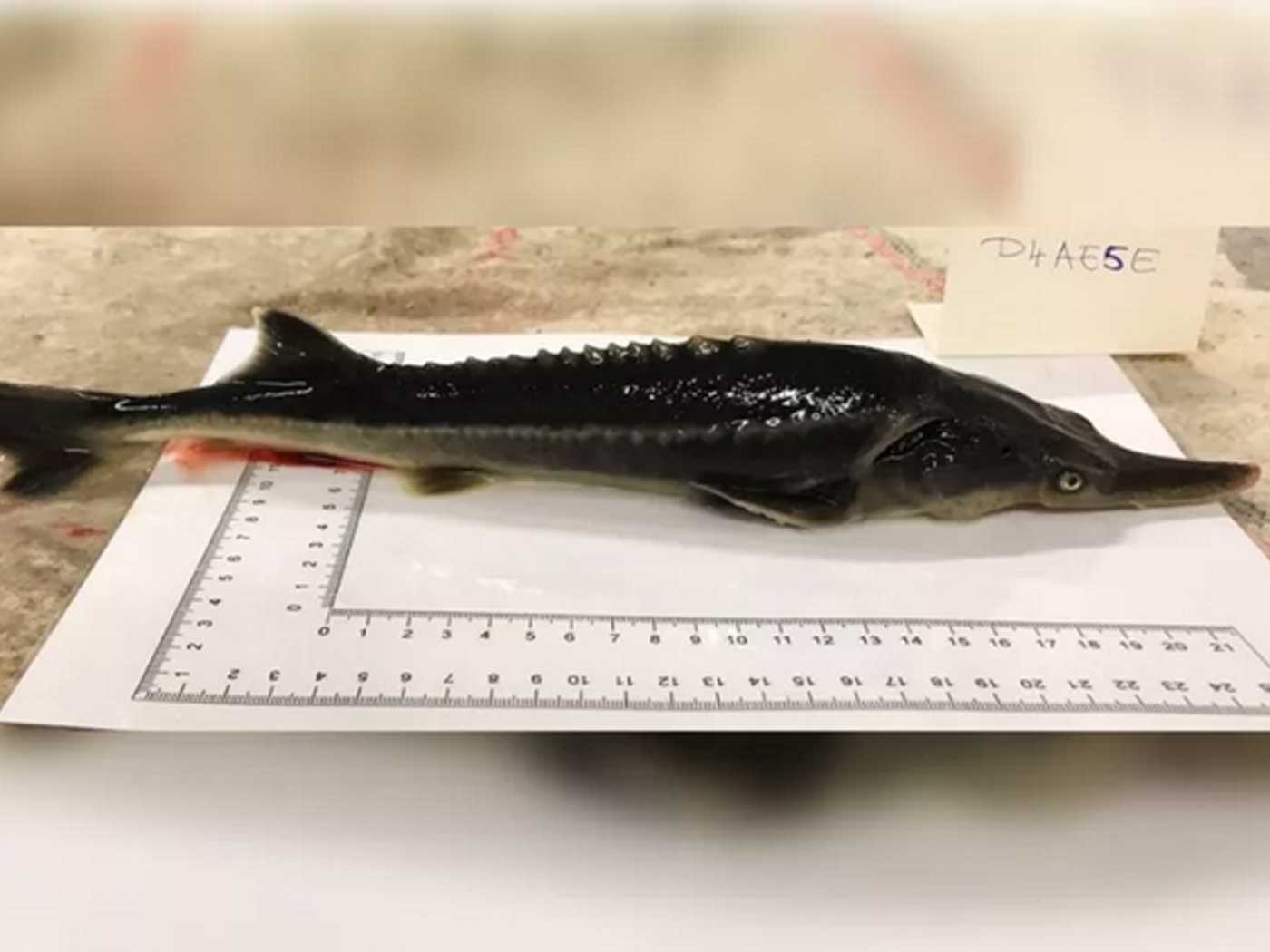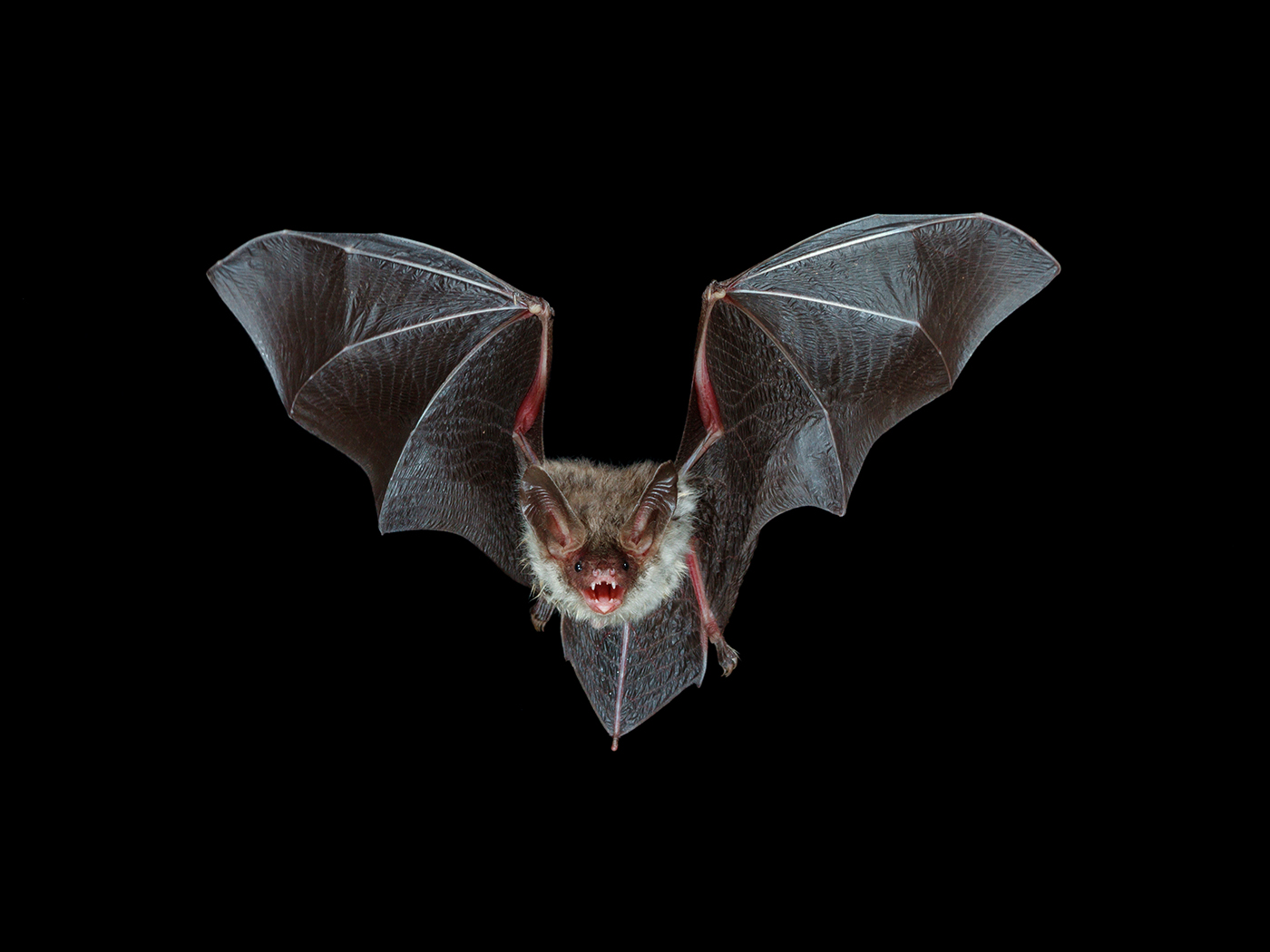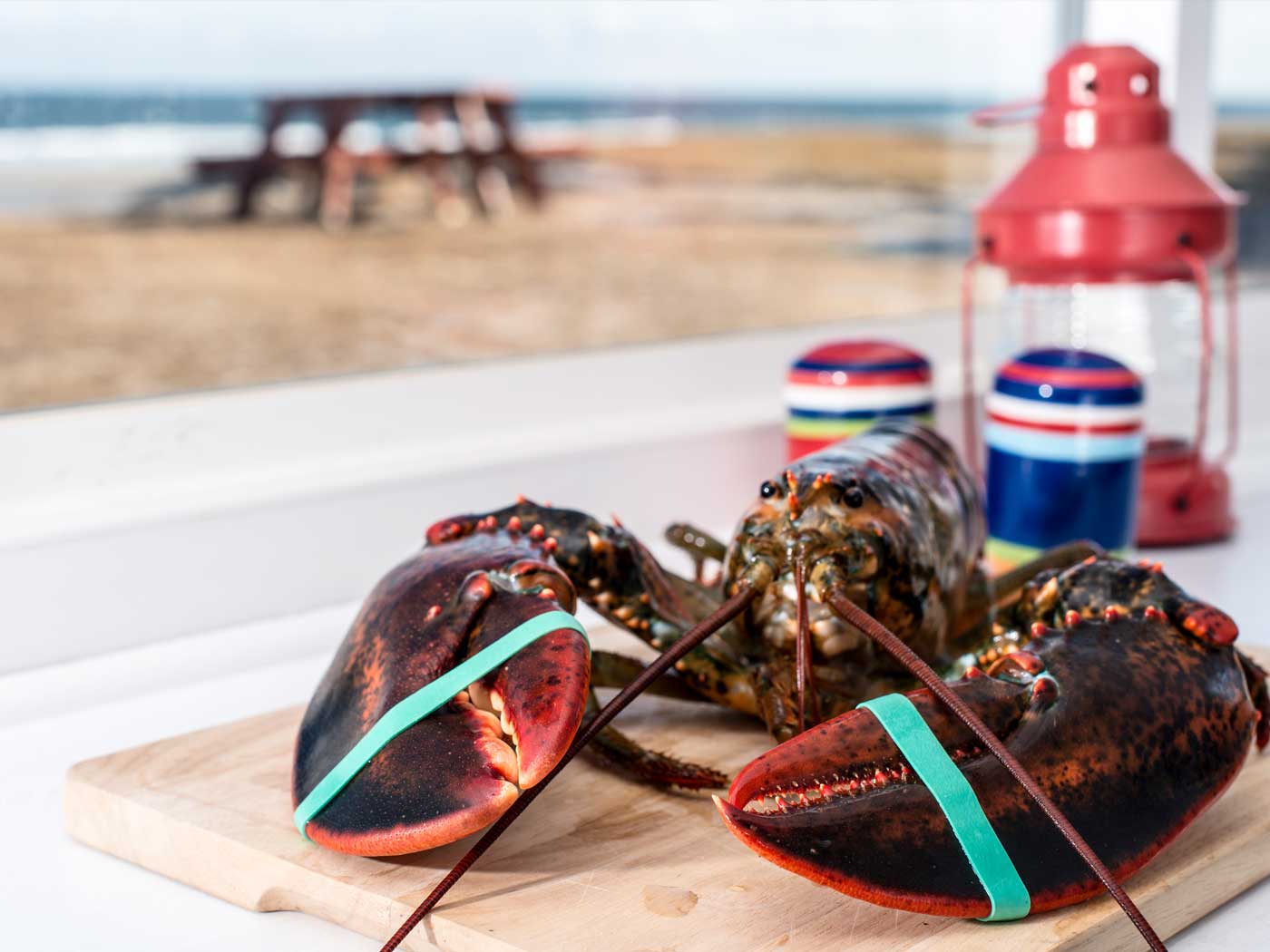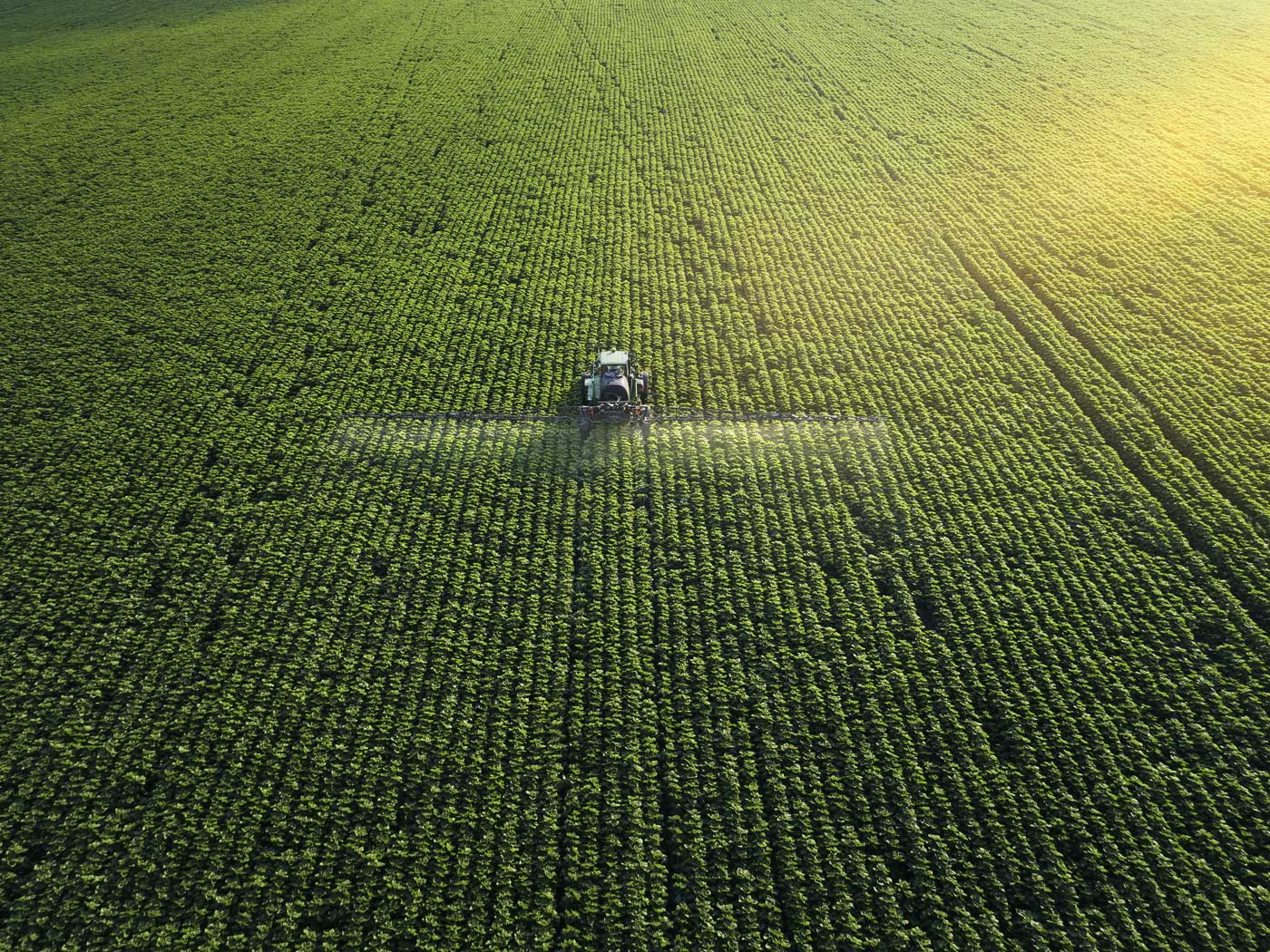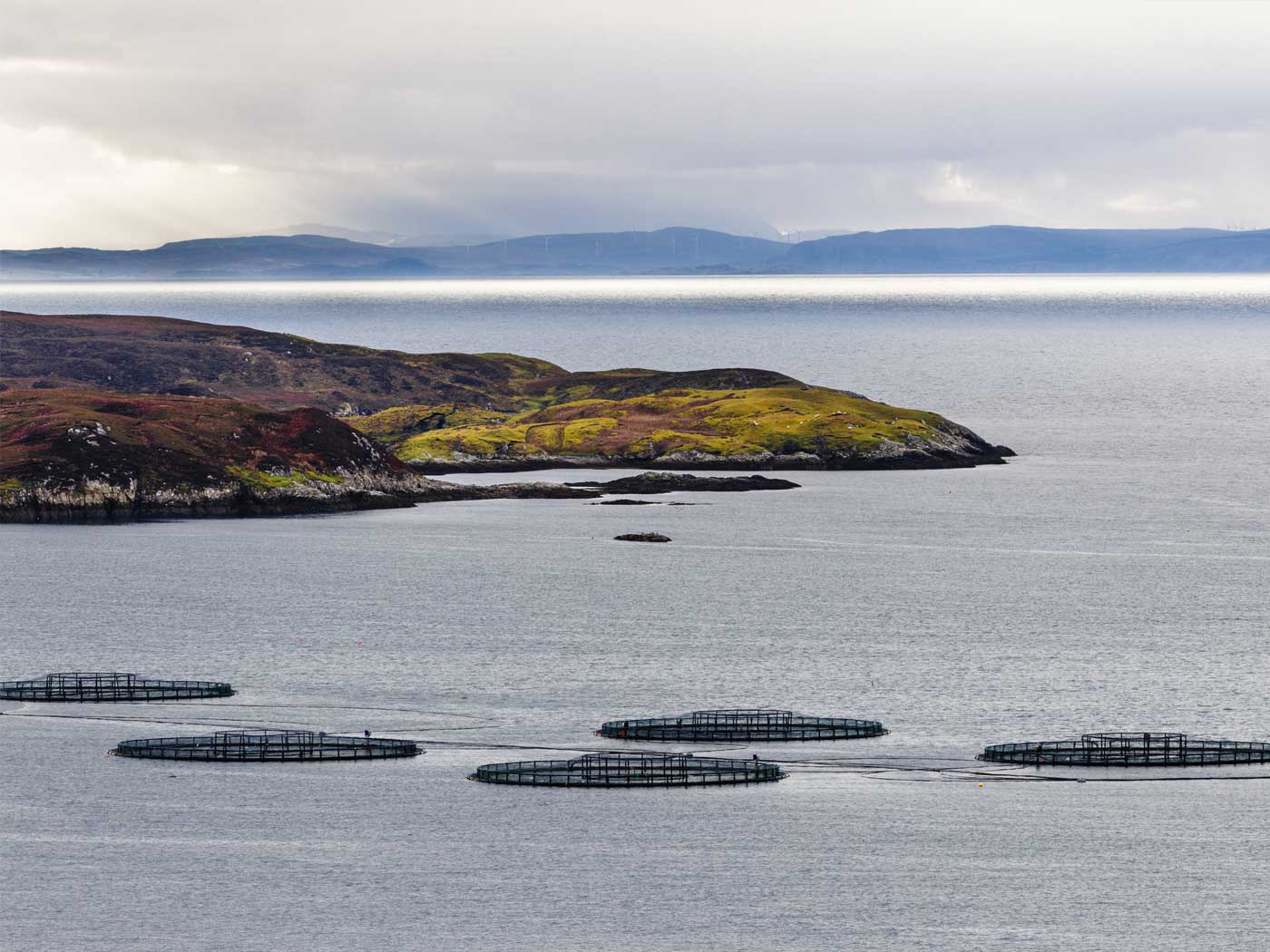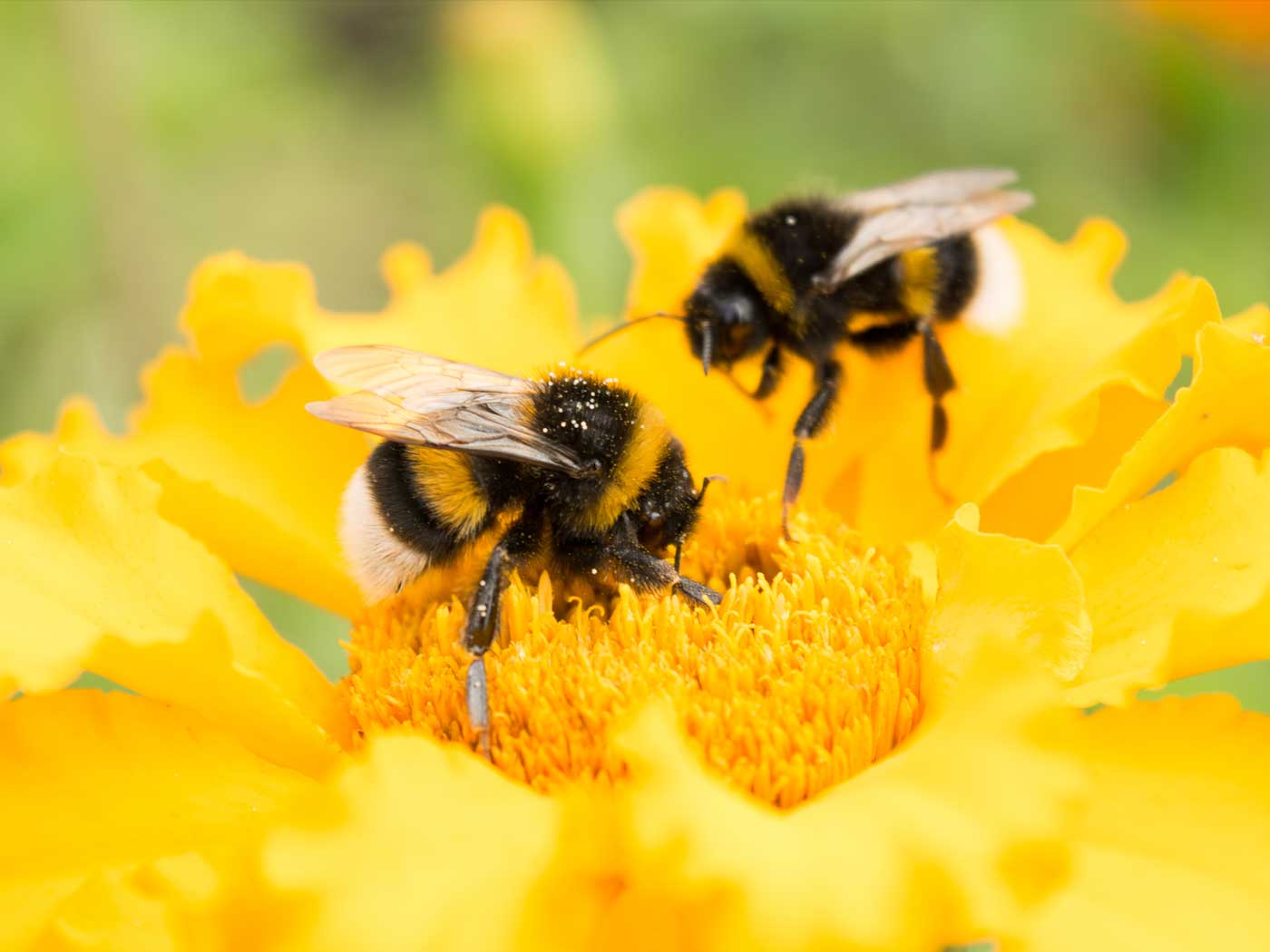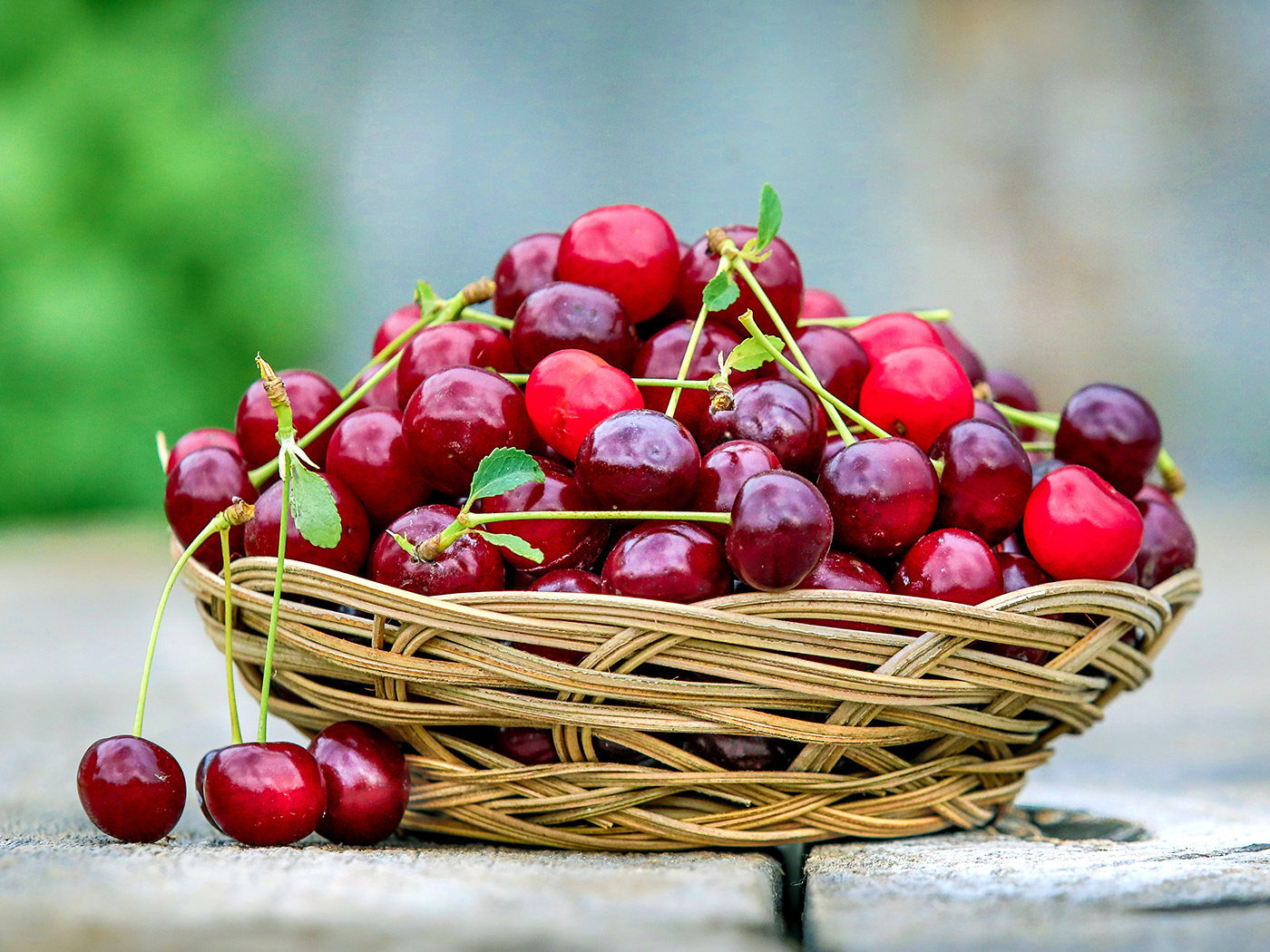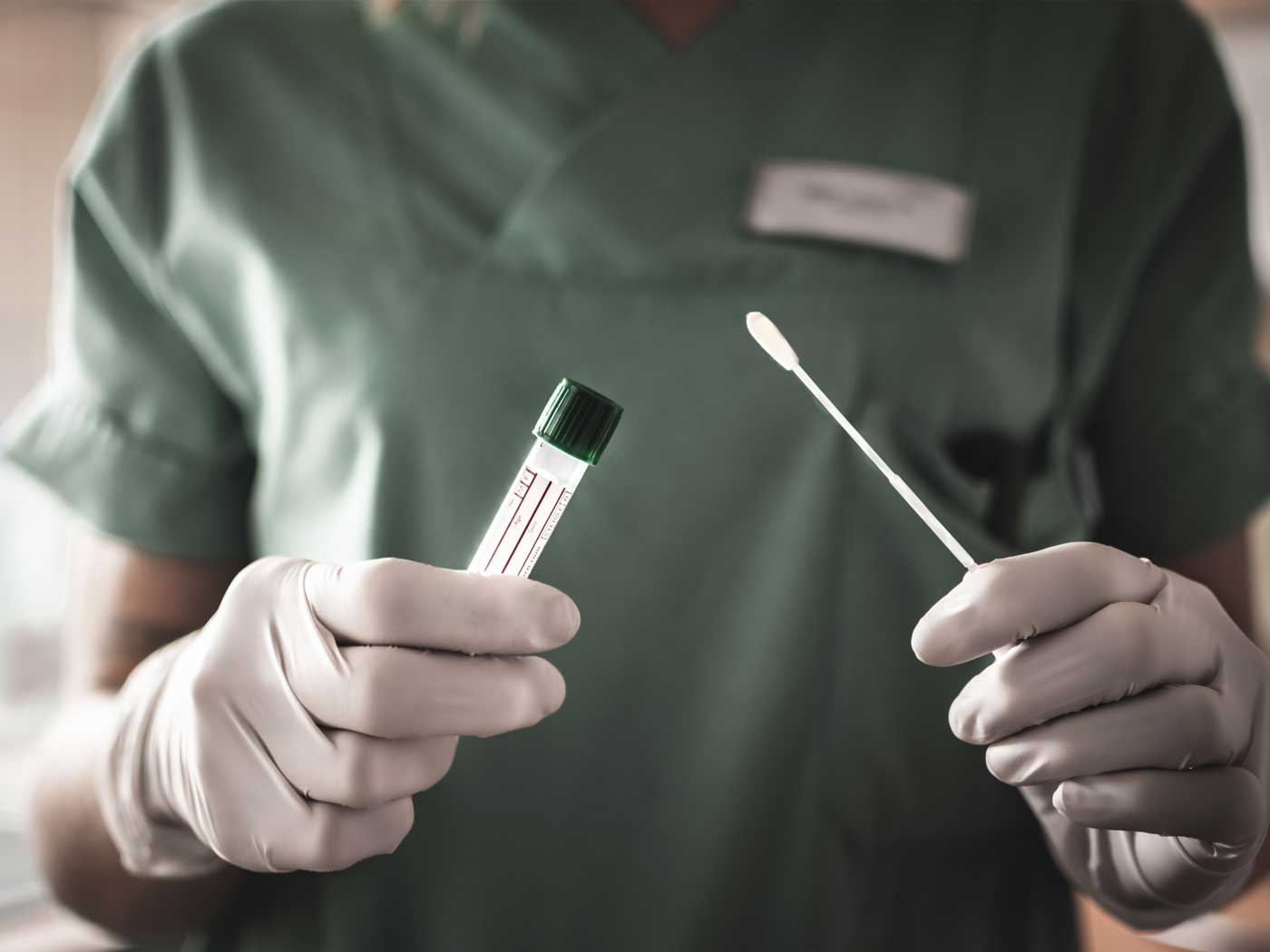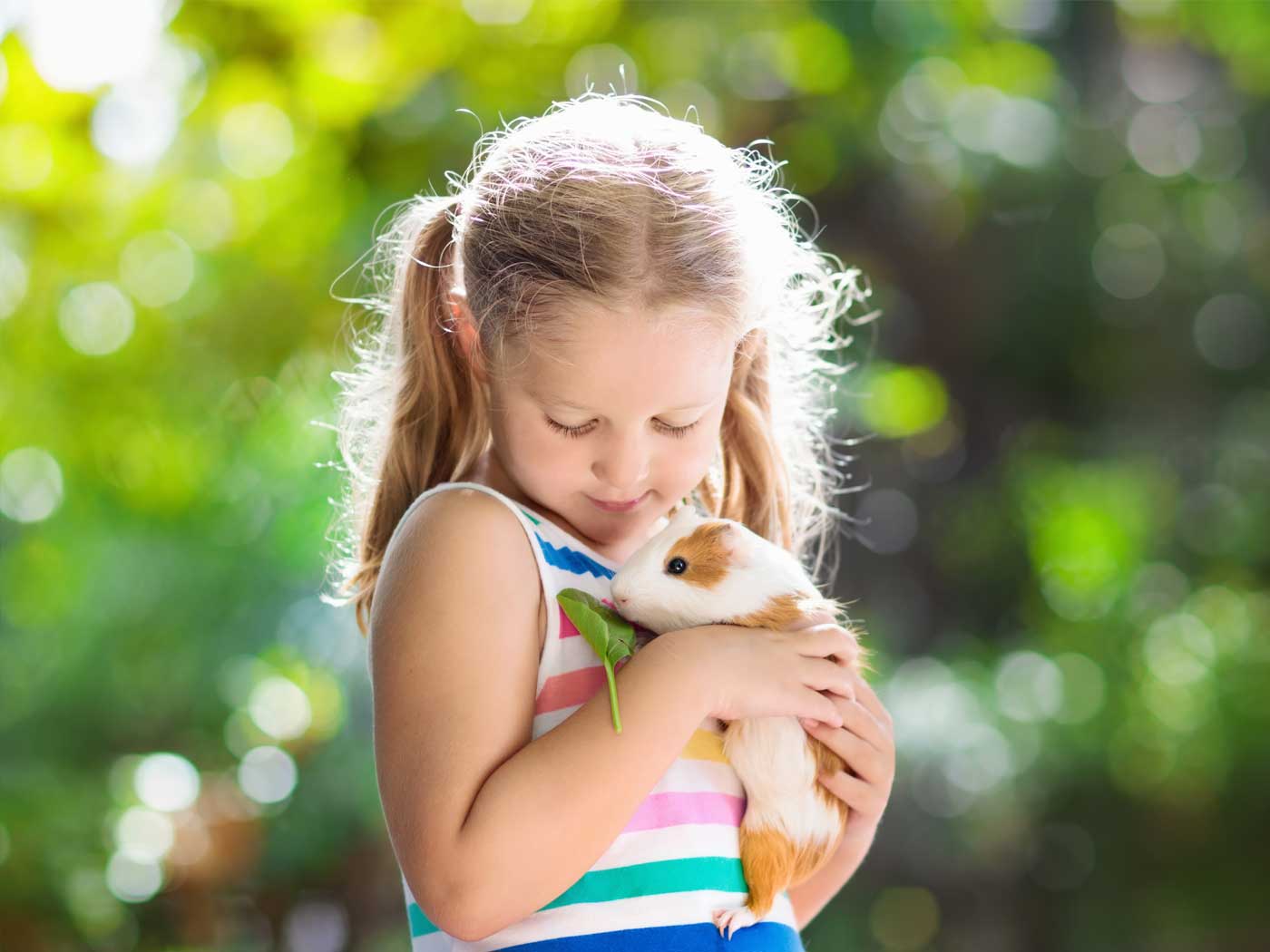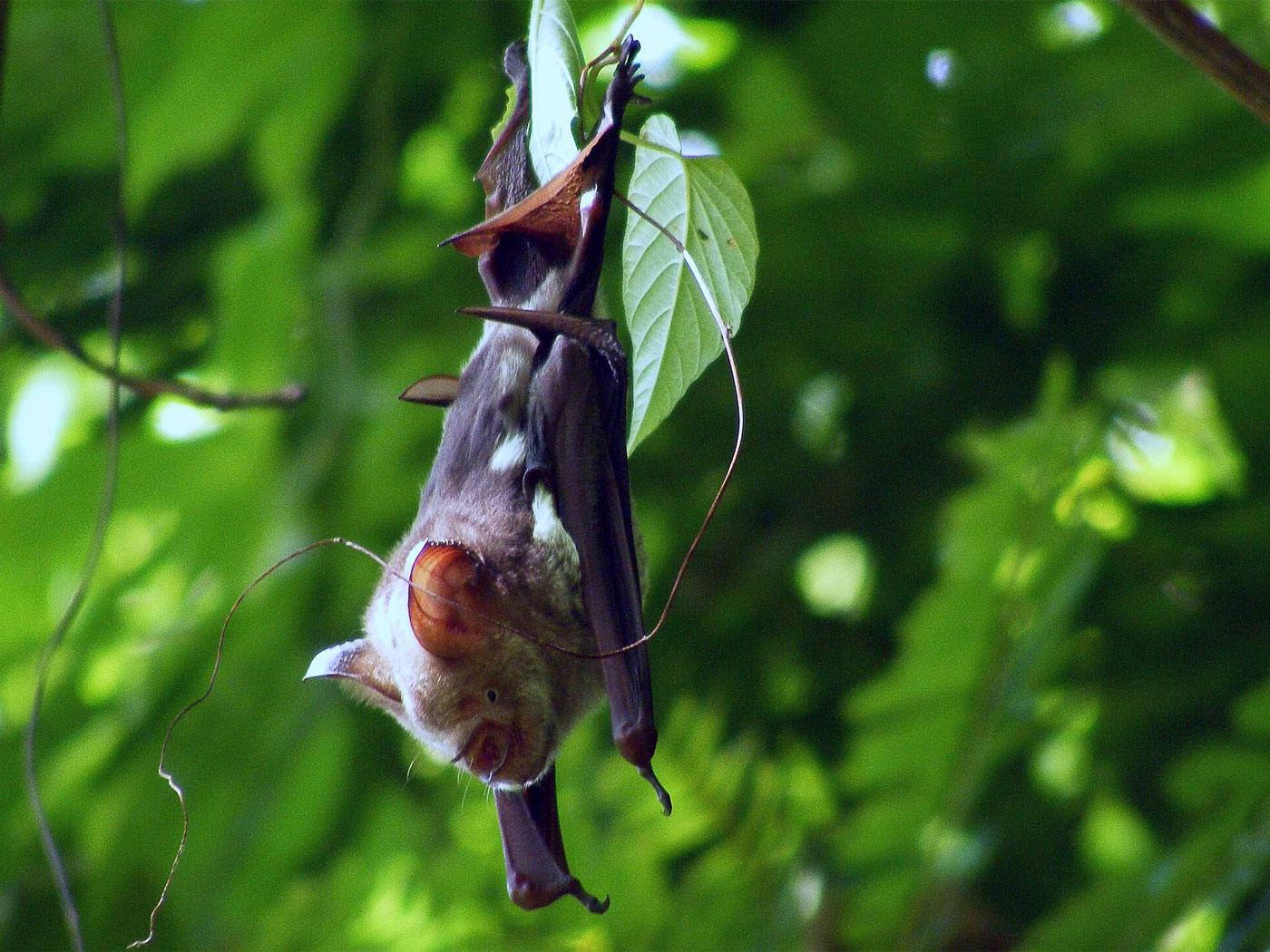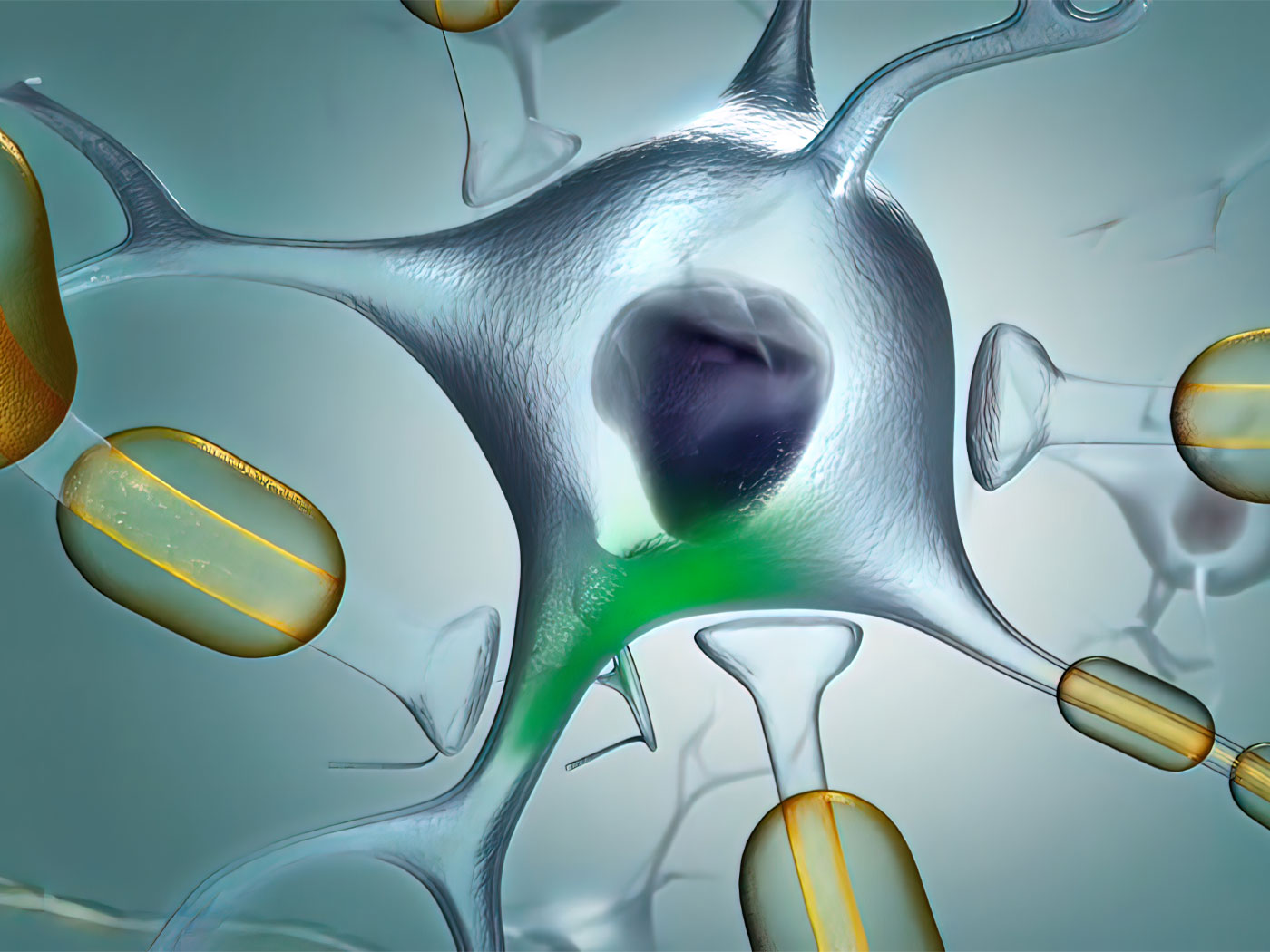For domestic swine raised as livestock, the problem is a decreasing population. Some herds have succumbed to the swine flu,1 and some pork processing plants are required to shut down.
One of these plants is Smithfield Foods, the ninth-largest hog-processing plant in the U.S., located in Sioux Falls, South Dakota. This plant became compromised by the coronavirus contagion and closed on April 15, 2020, “under pressure from the South Dakota governor’s office.”2 The plant had 644 confirmed cases among its employees, including other people they had infected.2 “In total, Smithfield-related infections account for 55% of the caseload in the state, which is far outpacing its far more populous Midwestern neighbour states in cases per capita.”2
Complicating matters, Smithfield Foods now is a swine-meat food-producing company that is a wholly-owned subsidiary of China’s Shuanghui Group, now called WH Group of China.3
But for feral hogs expanding their range from rural areas into suburbs, the opposite is happening: Their populations are increasing, becoming a threat to humans.4,5
The feral pig population in Texas has ballooned over the past decade. In 2012, there were an estimated 2.6 million wild hogs—current estimates put the population at 3 million and upwards [according to [Texas A&M wildlife specialist John Tomecek]. “Pigs are one of the most reproductively successful large mammals on the planet,” [Tomecek] said. “And because they can eat just about anything, and live just about anywhere, there’s no reason to suspect that the problem is ever going to slow down. It will just get worse.”4
Texas has plenty of land, of course, so why would Texans be concerned about a few wild swine (Suina is the technical category), feral hogs, or javelinas (their hairy distant-cousins) being fruitful, multiplying, and filling the Lone Star State? How did they get to Texas in the first place?
Feral hogs descended from European wild boars, which were first brought to Texas in the 1500s and sometimes bred with domesticated pigs, [Texas Tech University’s] Professor [John] McGlone said. They mostly eat vegetation but are omnivorous, and can briefly run at speeds up to 30 m.p.h.5
The recent problem is that these wild swine aren’t content to live in rural areas—they are migrating into suburban neighborhoods!
Houston, in particular, has been experiencing problems. Feral hogs are entering its suburbs and damaging property such as yards, flower beds, golf courses, right of ways, lawns, and other things, as well as raising public health concerns.4 Some citizens have asked to install electric fences around their property to keep the hogs out.4
Montgomery County Precinct 3 Commissioner James Noack said,
They are a nomadic, invasive species that roots for food and when they do so they end up destroying private property, whether it’s your grass or your flowerbeds, your yard. The real concern is that they can inflict huge amounts of property damage in a small amount of time.4
These wild swine have immigrated into Texas by the millions, literally.
Of the 4 to 5 million feral hogs in the United States, an estimated 2.6 million call Texas home. Feral hogs can be found in 99% of Texas counties and cause an estimated $52 million in damages to Texas agricultural enterprises each year. Additionally, feral hogs are causing an increasing amount of damage to landscapes in suburban/urban areas across the state.6
Just how bad is the problem? Besides property damage, feral hogs pose a danger to public health and safety. In December 2019, feral hogs attacked and killed a woman just outside Houston.4
Also, the feral hogs spread diseases, such as the fecal coliform Escherichia coli.
Tomecek said pigs usually stay close to water, which causes problems when they root for food nearby. “They turn up the soil, they destroy plant communities, they consume the plants, which increases erosion and runoff into water bodies,” he said, adding they can also spread E. coli and other bacterial contaminants into water sources.4
So the threat of wild swine, such as boar-like feral hogs, is serious—damaging property, spreading disease, and violently attacking humans.7
Meanwhile, keeping domesticated swine healthy, as livestock, is a vital component in our food industry.1 Likewise, we need contagion-free meat-processing plants.2
Maintaining proper controls, on both the population ups and downs, involves managing many moving parts. Yet doing so is just one aspect of the Genesis Mandate.
References
1. Regarding the problem of swine flu, see Thomas, B. 2009. Is H1N1 Flu Evolving? Creation Science Update. Posted on ICR.org May 4, 2009, accessed May 14, 2020.
2. Quoting Lussenhop, J. 2020. Coronavirus at Smithfield Pork Plant: The Untold Story of America's Biggest Outbreak. BBC News. Posted on BBC.com April 17, 2020, accessed May 14, 2020. Regarding the importance of swine products (including pork, ham, bacon, sausage, etc.) in our food supply, see Kautt, J. 2020. Pork, Produce, and Planning for the Future. COVID-19 News. Posted on ICR.org May 1, 2020, accessed May 14, 2020.
3. Smithfield Foods was bought by a Chinese company (the largest pork producer in the world) in 2013, but it reports that all swine sold as food are American-raised. However, many of the meat-producing plant workers are immigrants, hired by Chinese management. See Sadeghi, M. 2020. Fact check: Smithfield Foods is Not Selling Meat that was Slaughtered, Processed in China. USA Today. Posted on usatoday.com April 15, 2020, accessed May 14, 2020.
4. Watkins, K. 2020. Once a Rural Problem, Feral Hogs are Now Encroaching on Houston’s Suburbs. Houston Public Media. Posted on HoustonPublicMedia.org February 10, 2020, accessed May 13, 2020.
5. Bogel-Burroughs, N. 2019. Feral Hogs Attack and Kill a Woman in Texas. New York Times. Posted on NYTimes.com November 26, 2019, accessed May 13, 2020.
6. Staff Writer. 2020. Feral Hogs. Texas A&M University AgriLife Extension. Posted on agrilifeextension.tamu.edu, accessed May 13, 2020.
7. Swine are well-known to be dangerously vicious. See Matthew 7:6.
*Dr. Johnson is Associate Professor of Apologetics and Chief Academic Officer at the Institute for Creation Research.




